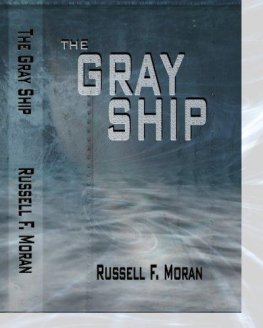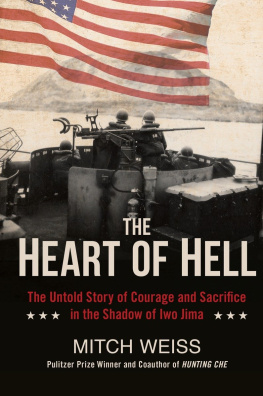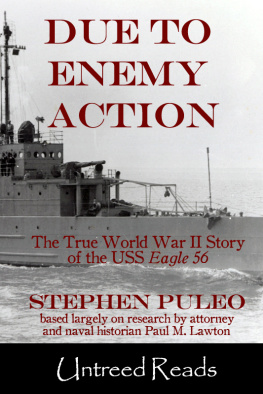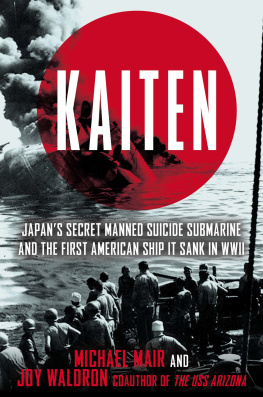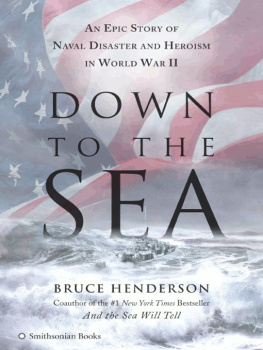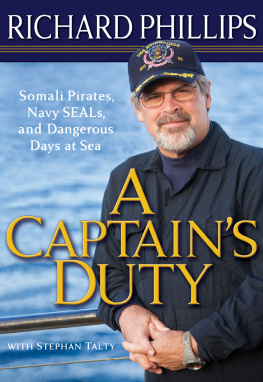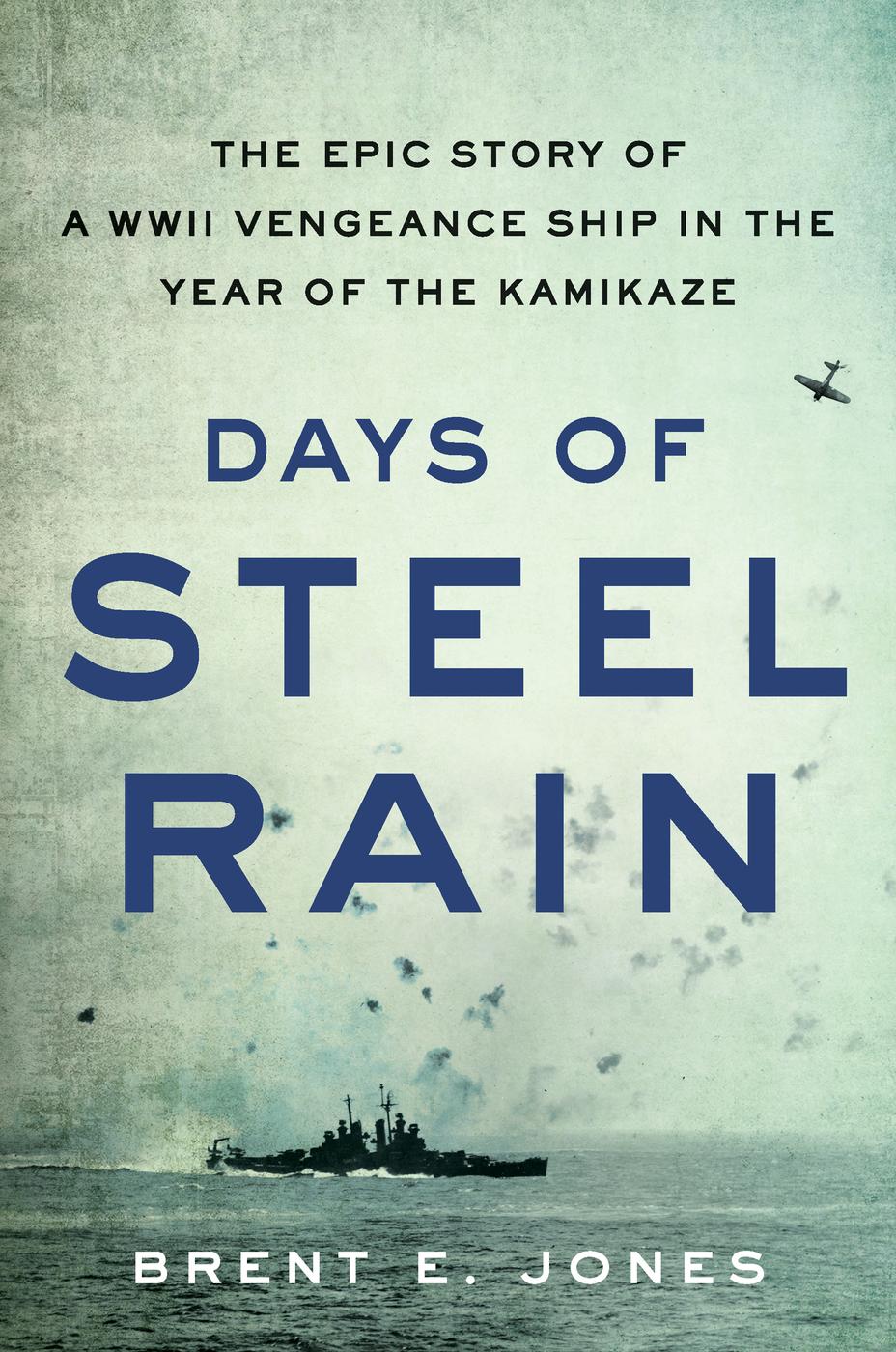
Copyright 2021 by Brent Jones
Astoria illustration and all maps by James Fenelon
Text photographs: US Navy photo, Naval History and Heritage Command, NH-75591 (Part I); US Navy photo taken by Paul Madden, in authors collection (Part II); US Navy photo, National Archives, 80-G-316903 (Part III)
Cover design by Amanda Kain
Cover copyright 2021 by Hachette Book Group, Inc.
Hachette Book Group supports the right to free expression and the value of copyright. The purpose of copyright is to encourage writers and artists to produce the creative works that enrich our culture.
The scanning, uploading, and distribution of this book without permission is a theft of the authors intellectual property. If you would like permission to use material from the book (other than for review purposes), please contact permissions@hbgusa.com. Thank you for your support of the authors rights.
Hachette Books
Hachette Book Group
1290 Avenue of the Americas
New York, NY 10104
HachetteBooks.com
Twitter.com/HachetteBooks
Instagram.com/HachetteBooks
First Edition: May 2021
Published by Hachette Books, an imprint of Perseus Books, LLC, a subsidiary of Hachette Book Group, Inc. The Hachette Books name and logo is a trademark of the Hachette Book Group.
The Hachette Speakers Bureau provides a wide range of authors for speaking events.
To find out more, go to www.hachettespeakersbureau.com or call (866) 376-6591.
The publisher is not responsible for websites (or their content) that are not owned by the publisher.
Print book interior design by Jeff Stiefel
Library of Congress Cataloging-in-Publication Data
Names: Jones, Brent E., author.
Title: Days of steel rain : the epic story of a WWII vengeance ship in the
year of the Kamikaze / Brent E. Jones.
Other titles: Epic story of a WWII vengeance ship in the year of the Kamikaze
Description: First edition. | New York : Hachette Books, 2021. | Includes
bibliographical references and index.
Identifiers: LCCN 2020054246 | ISBN 9780316451109 (hardcover) | ISBN
9780316451093 (ebook)
Subjects: LCSH: Astoria (Cruiser : CL-90)History. | World War,
1939-1945CampaignsPacific Ocean. | World War,
1939-1945CampaignsJapanOkinawa Island. | United States.
NavyHistoryWorld War, 1939-1945. | World War, 1939-1945Naval
operations, American. | SailorsUnited StatesBiography. | United
States. NavyBiography. | MarinesUnited StatesBiography. | United
States. NavyOfficersBiography.
Classification: LCC D774.A883 J66 2021 | DDC 940.54/59730922dc23
LC record available at https://lccn.loc.gov/2020054246
ISBNs: 978-0-316-45110-9 (hardcover), 978-0-316-45109-3 (ebook)
E3-20210415-DA-NF-ORI
Respectfully dedicated to the officers and men of the Fast Carrier Task Force and Logistic Support Group: those who came home and their shipmates who remain on watch.
Explore book giveaways, sneak peeks, deals, and more.
Tap here to learn more.

Many accounts exist of the late Pacific War in 19441945. Most cover the Pacific Theater of Operations as a whole, comprehensive in arc, some focusing on Marines, Army, or Navy. Others contain the memoir of a single serviceman and his individual perspective. The account that follows differs in scope and intent: it follows men of a single ship as an ensemble crew in the final year of the war. What you read is what they experienced, witnessed, and knew at the time, and nothing more.
If many noteworthy events from the Pacific are not present, this is an intentional approach to the narrative. Like every other ship serving in the Pacific Fleet, the men of USS Astoria were limited to what they learned at the timesketchy Pacific War News Service reports in the ships morning press and PA announcements from their captain. Beyond that, any news was rumor, scuttlebutt, something shouted from the nearest ship when close enough. In many ways, civilian America spent this final year far better informed about the war than the men actually fighting it on the front lines.
Where practicable the terminology and slang is written as that of the period, although US Navy jargon has been minimized for accessibility to the reader. The events depicted within are all factual, from firsthand interviews and personal journals vetted completely against US Navy deck logs, war diaries, and action reports accessed from the National Archives. There are no exaggerated or uncorroborated sea stories, but instead an insight into American men at war, their thoughts and experiences at the time.
If the readers find themselves understanding the limited perspective of the sailor and Marine aboard ship in a time of desperate warfare, this endeavor will have been a success.
Brent E. Jones
Austin, Texas
Fall 2006
T he old man thumbed slowly through the photographs, both he and the images showing the ravages of time. For my grandfather, age brought weathered flesh and atrophied muscle, one hand covered in intravenous tubing and bandage tape. The photos he hadnt seen in decades showed age in their own wayblack-and-white contrast faded into mottled shades of brown. He studied each image but said nothing; the only sounds in the room were rasps of breath punctuated by the rhythmic beeps of medical equipment and the IV drip.
Perhaps he has forgotten all of it. I felt myself slump on the inside. Oh, Paw-paw
Image after image of youthful menboys, reallyall crisp uniforms and smiles surrounded by military trucks, government-issue tents, and palm treesmen of a different era, their thoughts and dreams only hinted at by snapshots in time. Paw-paw standing on his head in ocean surf, surrounded by his buddies, vibrant with their lives ahead of them.
So many years had passed. The old man finally paused at one photo, fixated on a faceand he began to chuckle. I could write you a book about this guy! he pointed. Memories unlocked and poured in. My grandfather spent the next hour relating vignettes from his time in the Pacific Theater during World War II. His stories always centered on humor, perhaps because that was the type of tale most accessible for those of us who hadnt been there.
As we walked through the parking garage on our way out of the hospital, Dad validated the decision to bring the stack of old photos to lift Paw-paws spirits. That was probably the best medicine he could have had. My grandfather hung on for a while longer, but his cancer ultimately took him from us. I secured his Good Conduct Medal lapel pin to his coat when I said goodbye to him; it felt right to bury him with it. And sadness aside, I was proud to see the American flag draped over his casket at the service.
His best friend had been one of the first American casualties of the war, killed in action aboard USS West Virginia in the attack on Pearl Harbor. Weeks later Paw-paw learned my grandmother was pregnant with their first child, and the following fall he had to leave her and his newborn son behind in Austin when his draft number was called. He didnt see his son again for more than three years.
When he stepped off the train just before Thanksgiving in 1945, wearing his Army dress uniform with a ruptured duck Honorable Discharge patch, a little boy at the Third Street depot recognized him from photos mailed back home and came up to hug his legs. Hi Daddy, were the first words my grandfather ever heard his son speak.


